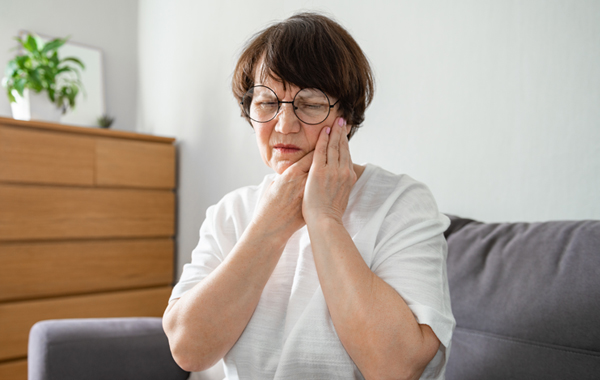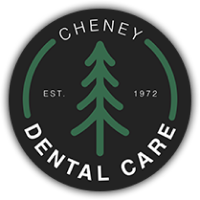
What Is Tmj?
The temporomandibular joints, or TMJ, connect the lower jaw to the temporal bone through two joints. These joints, along with their related muscles, ligaments, and tendons, facilitate various mouth functions like chewing, speaking, and yawning. The TMJ includes a soft disc that serves as a cushion between the lower jaw and the temporal bone, ensuring smooth movements in all directions. Because of its intricate structure, the TMJ is often seen as one of the most difficult joints to manage when problems occur.
Various Kinds and Indications of TMJ Disorders
The three categories mentioned below can be used to classify TMJ disorders:
Discomfort in the jaw joint area due to increased muscle tension and spasms from various factors characterizes Myofascial pain.
The term "internal derangement" is used to describe a condition in which the disc is out of place, the jaw is dislocated, or the condyles of the jaw have suffered trauma.
Arthritis is a condition that is characterized by the degeneration of joint disease.
If you have a long history of teeth grinding or bruxism, have suffered a jaw injury, or have specific types of arthritis such as rheumatoid arthritis or osteoarthritis, you are at a higher risk of developing a TMJ disorder. The symptoms of this disorder can greatly differ among individuals and may encompass earaches, tinnitus, headaches, back and neck pain, dizziness, muscle spasms, joint tenderness, jaw pain, jaw sounds when moving, jaw locking, and restricted jaw movement. Some individuals may experience relief from a TMJ disorder quickly, while others may still have symptoms despite undergoing extensive treatment.
DIAGNOSIS AND TREATMENT
When checking for a TMJ disorder, the dentist will carry out a detailed clinical examination of joint symptoms and function. If needed, further diagnostic tests, such as specific radiographic imaging, will be requested. Treatment for a TMJ disorder could include using oral devices like night guards or stabilization splints to lessen joint strain. Other treatments could involve steroid injections, occlusal adjustments, and orthodontic or prosthodontic procedures to better align the teeth. In extreme cases, surgery might be suggested.
Self-care techniques can help alleviate some TMJ disorder symptoms. Patients are usually advised to eat soft foods, avoid large jaw movements like wide yawning and chewing gum, use stress reduction and relaxation methods, and apply ice packs or moist heat as directed. If suggested, patients should do the gentle stretching exercises given by their dentist or therapist. Over-the-counter non-steroidal anti-inflammatory drugs and painkillers may provide temporary relief. If these aren't effective, the dentist or doctor may prescribe stronger pain or anti-inflammatory drugs, muscle relaxants, or anti-depressants.


